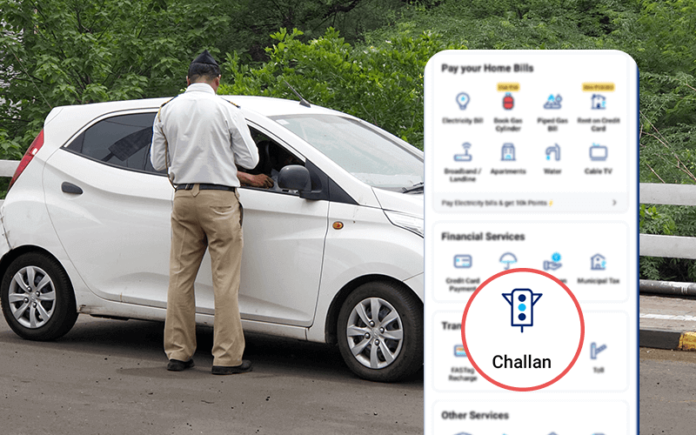Are you holding a two or four wheeler? Be aware of undisclosed policy of the RTO run by government in India.
Introduction
In recent years, a disturbing trend has emerged in several regions: fake fines being issued by RTO (Regional Transport Office) authorities to unsuspecting vehicle owners. This deceitful practice not only causes financial burden but also erodes trust in the system. In this article, we shed light on the RTO fake fine phenomenon, its consequences, and the measures that can be taken to protect vehicle owners from falling victim to this scam.
Understanding RTO Fake Fines
RTO fake fines refer to illegitimate penalty notices issued by individuals or groups impersonating RTO officials. These fraudsters exploit the fear and lack of knowledge among vehicle owners, tricking them into paying fines for alleged traffic violations that never occurred. The fines may range from minor offenses like improper parking to major offenses like overspeeding or jumping red lights.
Methods Employed by Scammers
The scammers employ various tactics to deceive vehicle owners and make their fraudulent fines appear genuine. They often send official-looking letters or emails containing the RTO logo, stamps, and realistic formatting. In some cases, they even make phone calls impersonating RTO officials, employing a persuasive tone to intimidate vehicle owners into immediate payment.
Consequences for Vehicle Owners
The consequences of falling victim to RTO fake fines can be far-reaching. Vehicle owners, fearing legal repercussions and unaware of the scam, end up paying substantial amounts of money for violations they did not commit. This not only affects their financial well-being but also undermines their trust in the RTO system. Additionally, the fake fine information may be recorded in official records, potentially causing issues during vehicle transfers or renewal of documents.
How to Identify and Avoid Fake Fines
- Verify the authenticity: Cross-check the details mentioned in the fine notice with official RTO guidelines. Look for discrepancies, such as incorrect vehicle details, vague violation descriptions, or irregular formatting.
- Contact the RTO directly: If in doubt, contact the RTO office directly using official contact information. Verify the fine status and inquire about the authenticity of the notice you received.
- Be wary of suspicious communication: Genuine RTO officials will never ask for immediate payment over the phone or through unofficial payment channels. Exercise caution if pressured for quick payments or threatened with legal action.
- Seek legal advice: If you suspect that you have received a fake fine, consult a legal professional who can guide you through the necessary steps to protect your rights.
Combating RTO Fake Fines
To combat this growing menace, authorities and vehicle owners must work together:
- Awareness campaigns: The RTO should organize awareness campaigns to educate vehicle owners about the existence of fake fines and provide guidelines on verifying the legitimacy of notices.
- Enhanced security measures: RTO authorities should invest in secure systems that make it difficult for scammers to replicate official documents and tamper with vehicle records.
- Reporting incidents: Vehicle owners who encounter fake fines should promptly report them to the nearest RTO office and provide any available evidence to aid in investigations.
- Collaboration with law enforcement: RTO authorities should collaborate with law enforcement agencies to track down and prosecute the individuals involved in issuing fake fines.
Conclusion
RTO fake fines pose a serious threat to vehicle owners, their financial well-being, and the overall trust in the system. It is crucial for both the authorities and vehicle owners to remain vigilant and take necessary precautions to identify and report such scams. By raising awareness, implementing stricter security measures, and fostering collaboration, we can curb the menace of RTO fake fines and ensure a safer and more transparent environment for all vehicle owners.



















